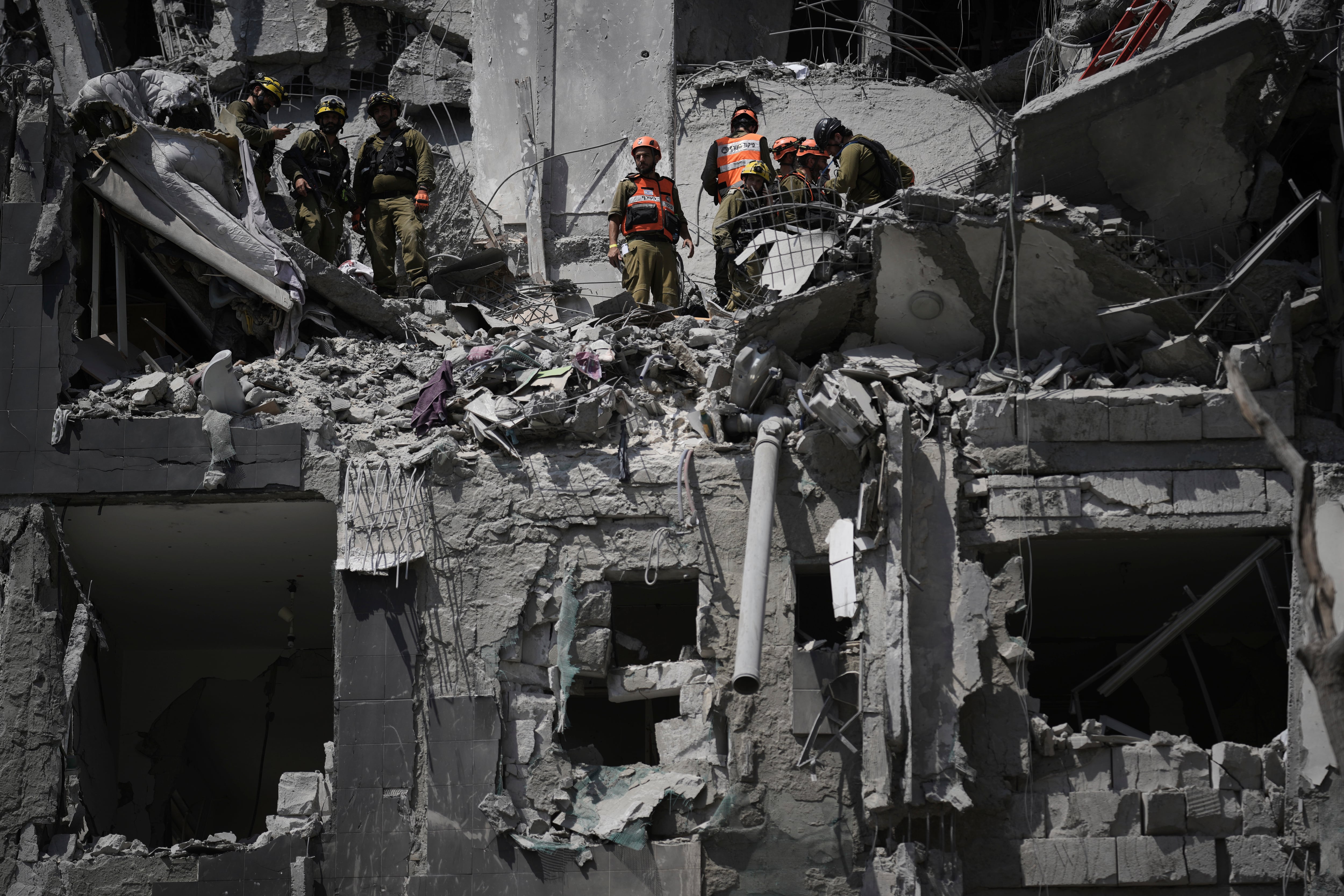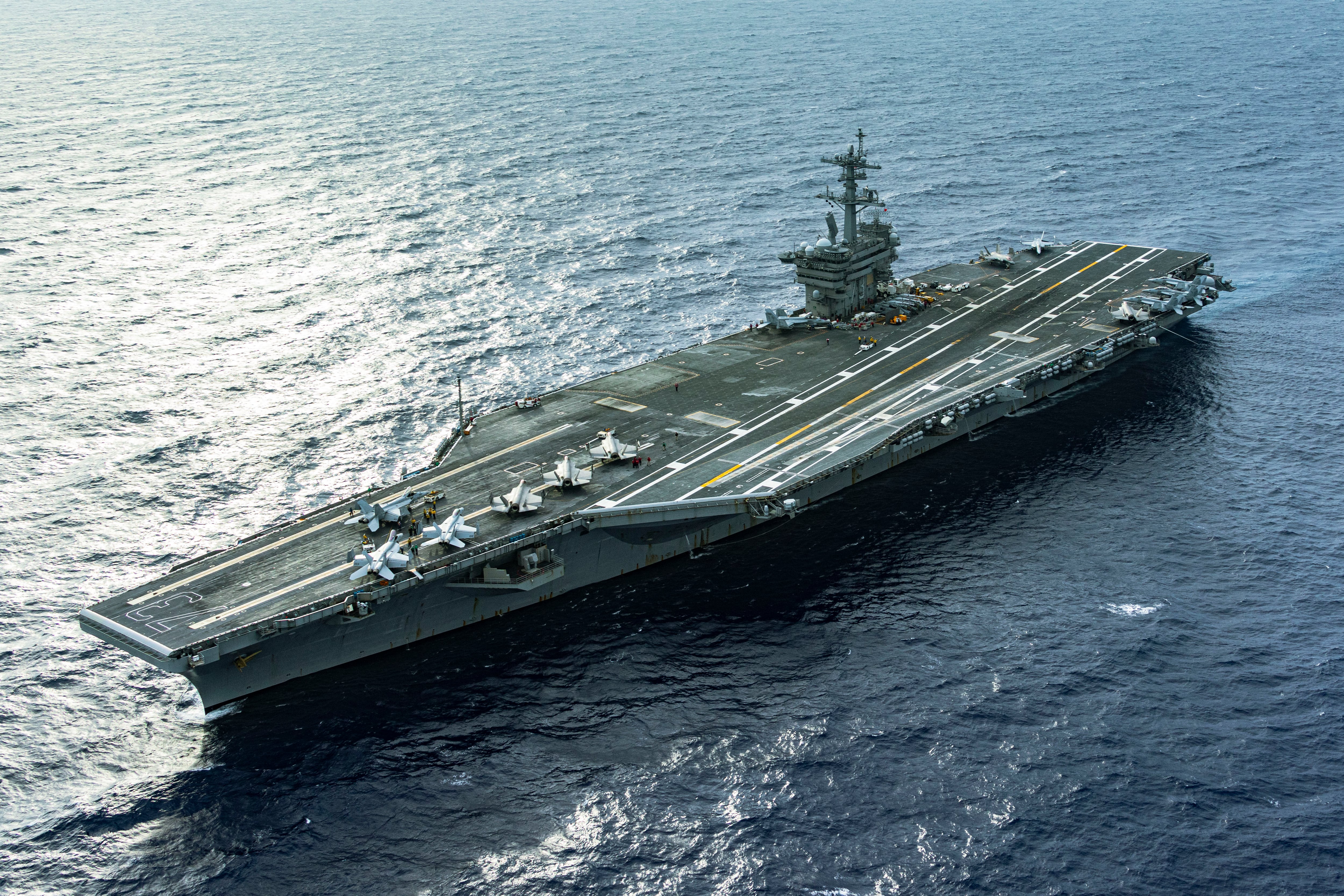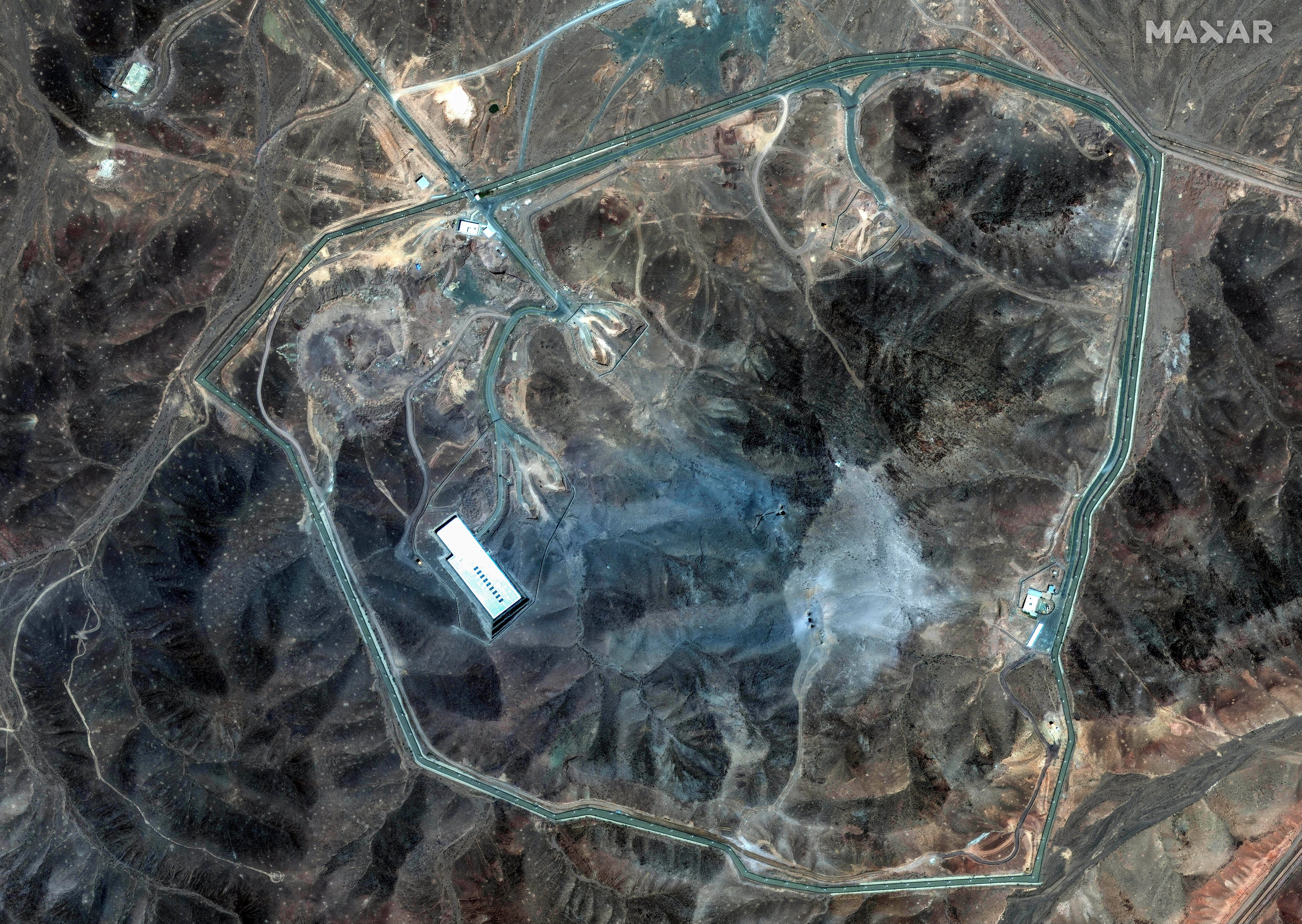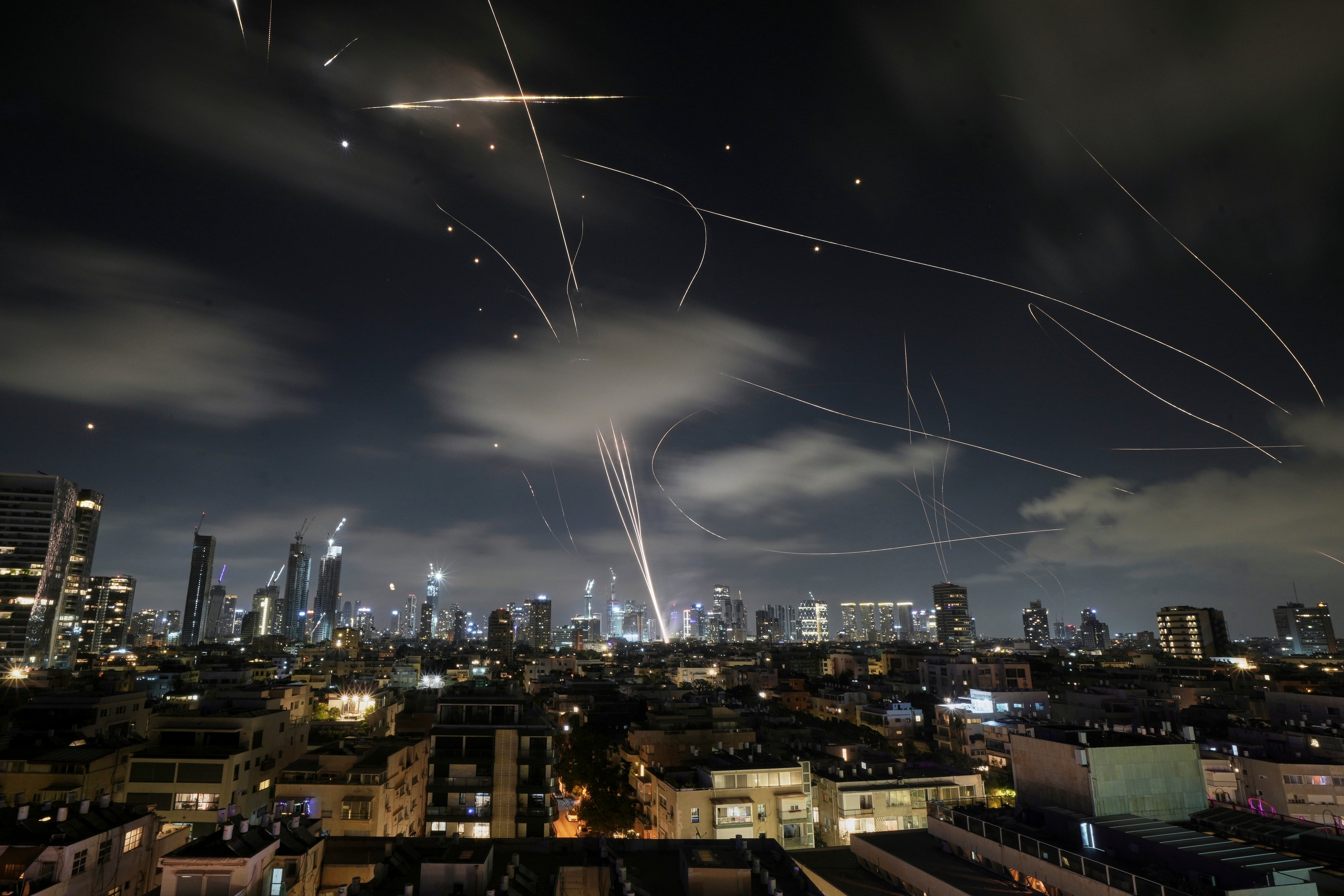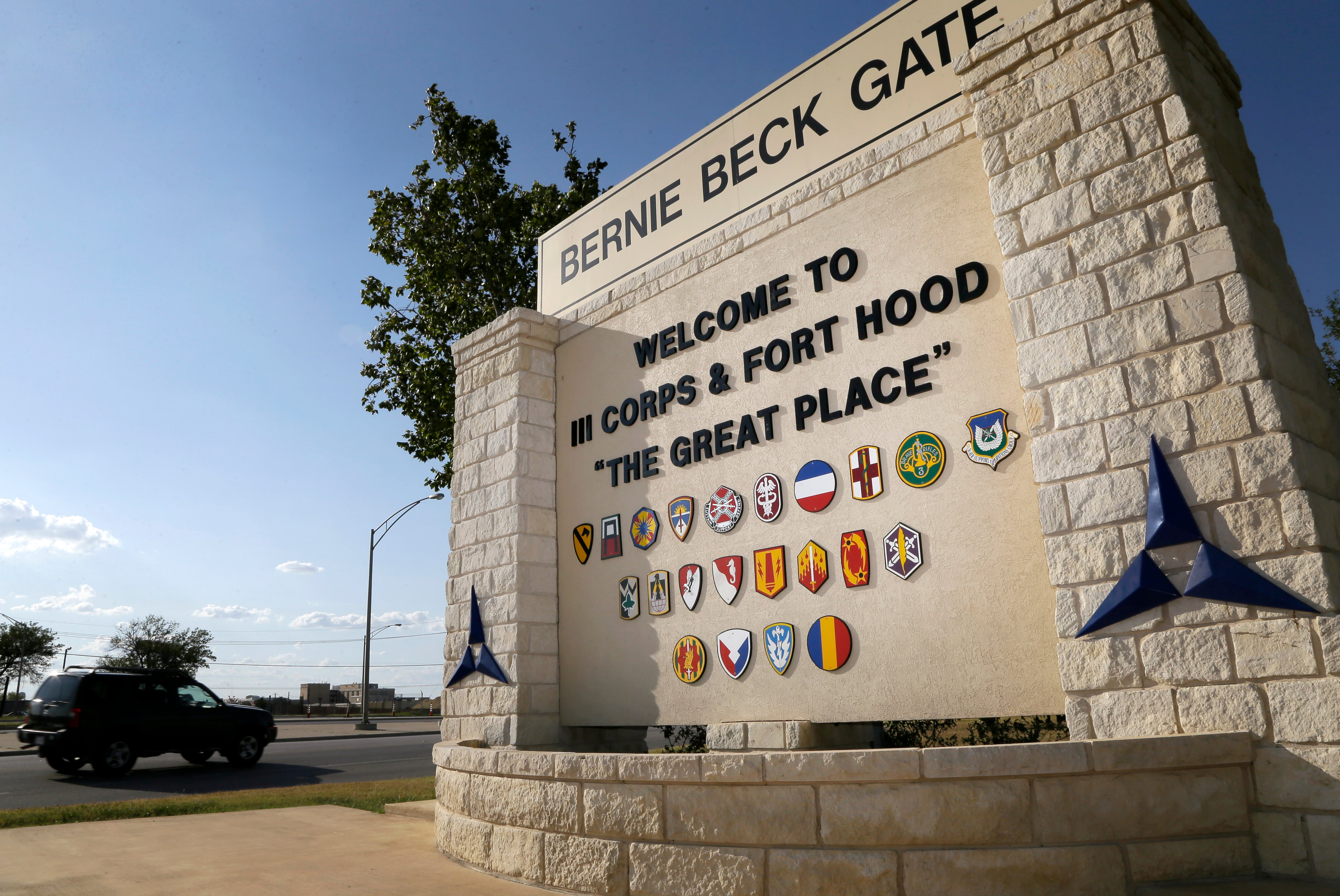A confluence of events, from a shift back to large-scale combat and recent real-world conflicts such as fighting in Nagorno-Karabakh and the ongoing war in Ukraine, have one branch of the Army modernizing at a pace few can match — armor.
Building the soldiers and officers who’ll sit in future tanks or command them in a host of platforms just behind the front line, is the Armor School, commanded by Brig. Gen. Thomas Feltey.
The general told Army Times that driving the branch’s changes is Armor 2030, an aggressive standards, training and modernization plan to make effective future armor formations.
One immediate initiative that stood out — III Corps, Fort Hood, Texas, will run a pilot readiness program early next year that could flow across all armor formations in the force.
The plan would keep the units at a sustained high-readiness rating, improving platform proficiency for combat and reducing accidents and risk to tank crews, Feltey said.
The branch will also shift, much like its counterparts in aviation, to a “digital job book” that will start with the soldier at the armor school and track training events across an individual soldier’s entire career.
“So, you’re never starting from zero,” Feltey said. “The idea is that we can transfer readiness across operational units from the institution to the operational army.”
That means that even soldiers from the armor branch not serving in armor formations would retain their platform proficiency, so they don’t return to the armor unit with dated or lost skills.
The overall Armor 2030 strategy has a four-phase approach, Feltey said. First is responding to the changing operational environment, the second is modernizing the force, the third is a shift to multi-domain operations — a new doctrine — and the last is improving platform proficiency, or how well soldiers operate and fight with their tanks.
For the operational environment, Feltey noted that conditions on the ground in Ukraine change daily.
“There’s been multiple phases of the operation and both sides are learning and countering each other and that is absolutely something we have to keep an eye on,” Feltey said.
On the modernization front, the newest M1A2 SEP v3 is rolling off production lines. And armor soldiers are likely to see the Mobile Protected Firepower, or MPF, essentially a light tank, arrive by late 2023.
The Army awarded a $1.14 billion contract in June to General Dynamics to deliver the first 96 MPF vehicles.
Army leaders also announced this year that they would fit the Abrams with the Trophy Active Protection System, a kind of shield against anti-tank and rocket-propelled grenade threats.
The Cross-Functional Team-Next Generation Combat Vehicle is also continuing work on the NGCV that could eventually replace the Abrams and the M2 Bradley.
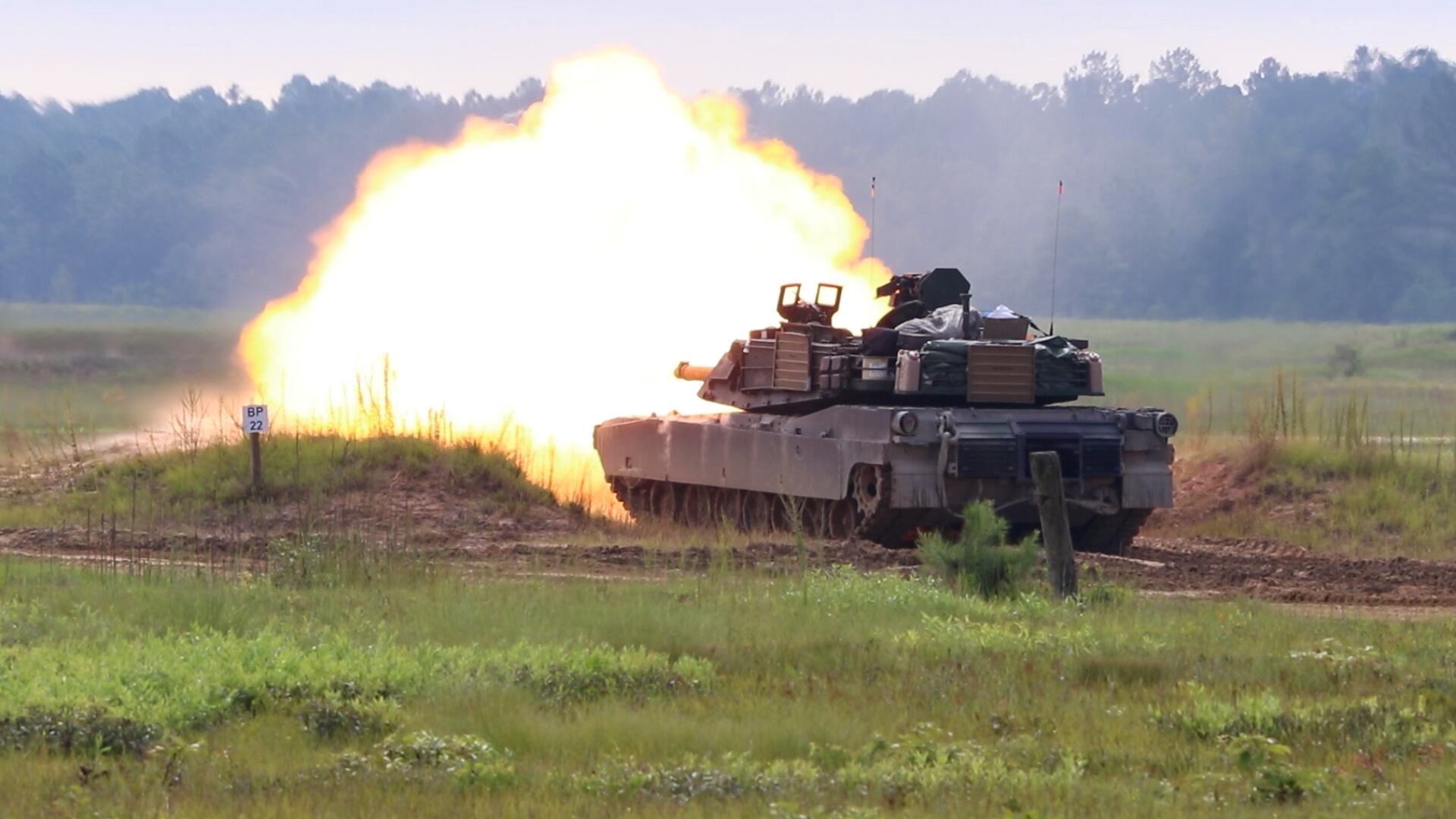
As MDO doctrine hits the Army, the Armor School is looking at how this change, which uses all domains to attack and seeks to defend formations from any attack, will change how the armored division fights in future battles.
If you are a soldier headed to the Armor School at Fort Benning, Georgia, though, the most tangible change is proficiency work.
In recent internal Army publications, Feltey and other armor soldiers have spotlighted deficiencies in foundational skills among armor crews, such as bore sighting weapons and acquiring targets.
The general wants that to change, and he has a plan. Thankfully, because Feltey is not only the school commandant, but also tasked as the “chief of armor,” he can put it into play.
The operational tempo of the Armored Brigade Combat Teams, some of the most often deployed formations across the service, has drained time for readiness training, he said.
Experts have analyzed the training and methods used in armor, which work, he said. But keeping armor soldiers at the ready is somewhat of a time management problem.
“We’re going to adopt the same model that aviation uses,” Feltey said. That’s known as “readiness level progression.”
The format puts crew members, whether armor or aviation crews, through a training pipeline and ongoing refreshers that keep them proficient enough to meet readiness standards. That way, each crew is held to a level of expertise that the entire armor branch can apply across all units in the Army.
“We see this as increasing our operational performance while reducing our accident risk,” Feltey said.
The unit that will execute a pilot on the new readiness construct, III Corps, should begin early next year, he said.
Within the Armor School, Feltey added that they recently sent five armor officers to the Master Gunner’s Course for mid-career enlisted armor soldiers.
By putting officers into a schoolhouse usually intended for enlisted troops, the hope is that they will find areas that commanders can learn in their own training to improve their understanding of the platform and its employment.
Todd South has written about crime, courts, government and the military for multiple publications since 2004 and was named a 2014 Pulitzer finalist for a co-written project on witness intimidation. Todd is a Marine veteran of the Iraq War.


